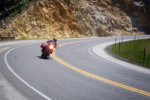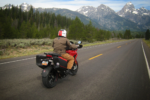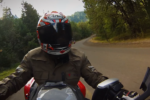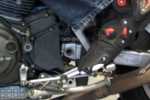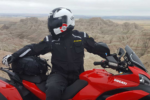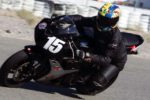Overcoming the Fear of Leaning
A Guide to Safer and More Confident Riding
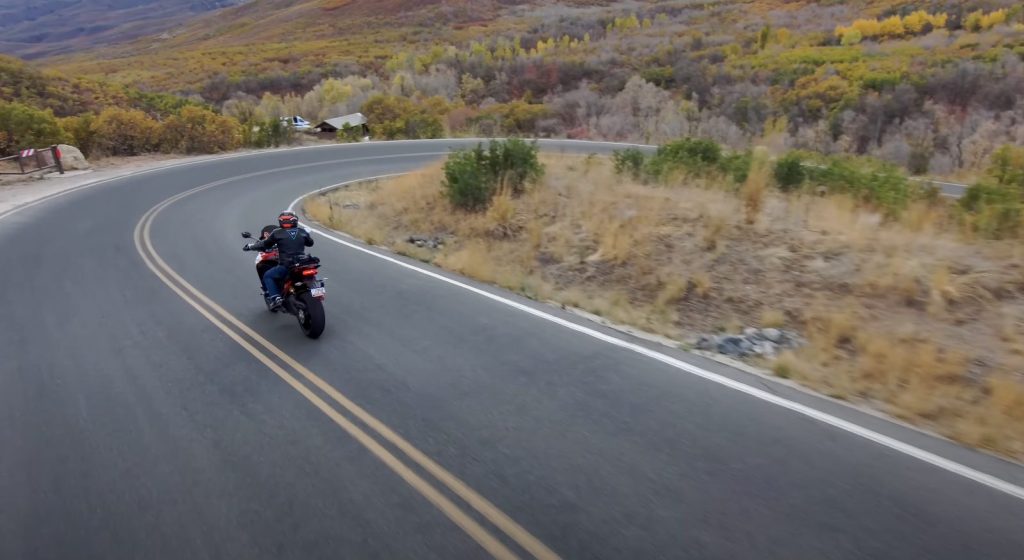
Leaning on a motorcycle—just the thought of it can make some riders nervous. It’s not uncommon to see that untouched strip of rubber on the edges of a tire, commonly referred to as chicken strips. In France, they call them les bandages de la peur—“the bandages of fear.” But are they truly a mark of hesitation? Not necessarily.
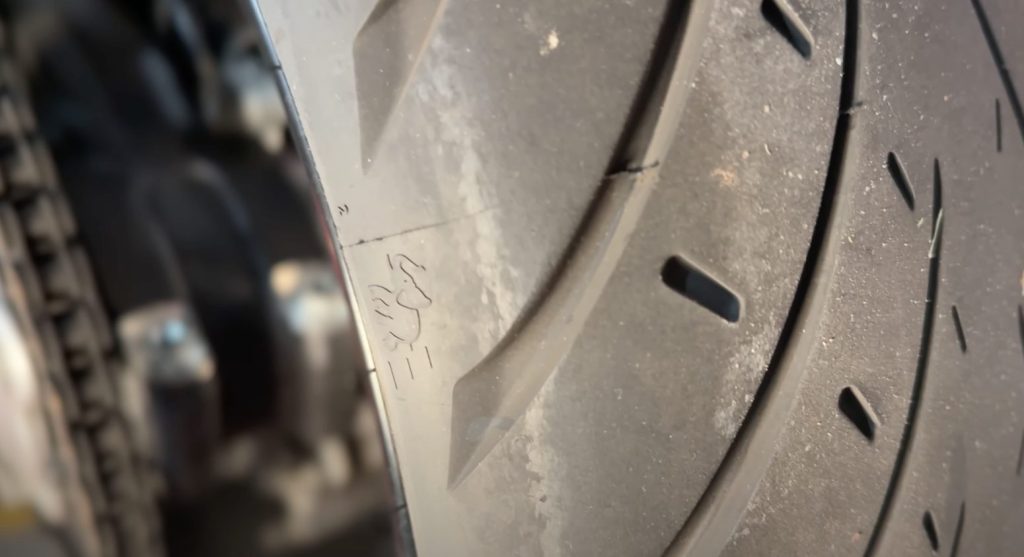
In motorcycling, leaning and risk often go hand in hand. It’s natural to feel apprehensive because leaning too far could lead to a loss of control. But here’s the challenge: motorcycles must lean to change direction. So, how do we balance confidence and safety? Let’s explore a three-part approach to overcome this fear.
Understanding Fear and Your Brain
Fear is not your enemy; it’s your brain doing its job. When you lean, your sensory inputs—sights, sounds, and even the vibrations in your hands—are processed by the amygdala, the brain’s emotional center. If these sensations feel unfamiliar, your default reaction is fear.
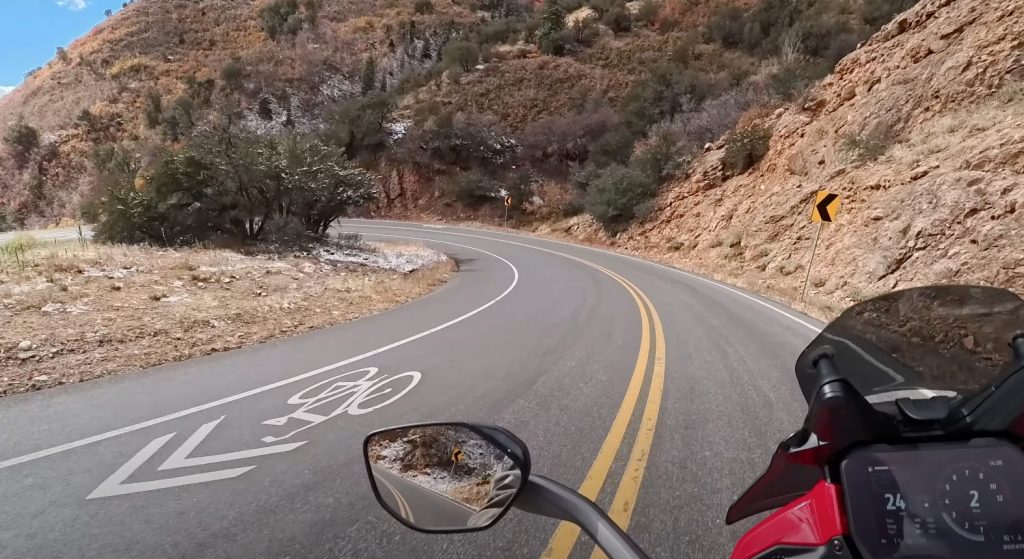
Instead of focusing on the lean angle, shift your attention to other aspects of riding. For example, professional racers often report feeling less fear when they focus on technique rather than how far their bike is leaning. This mindset shift can help transform fear into control.
Focus on Vision
In motorcycling, vision is everything. The golden rule is: we go where we look. Nervous riders often glance down to check their lean angle, which can disorient and increase fear. Instead, keep your eyes focused on where you want the bike to go.
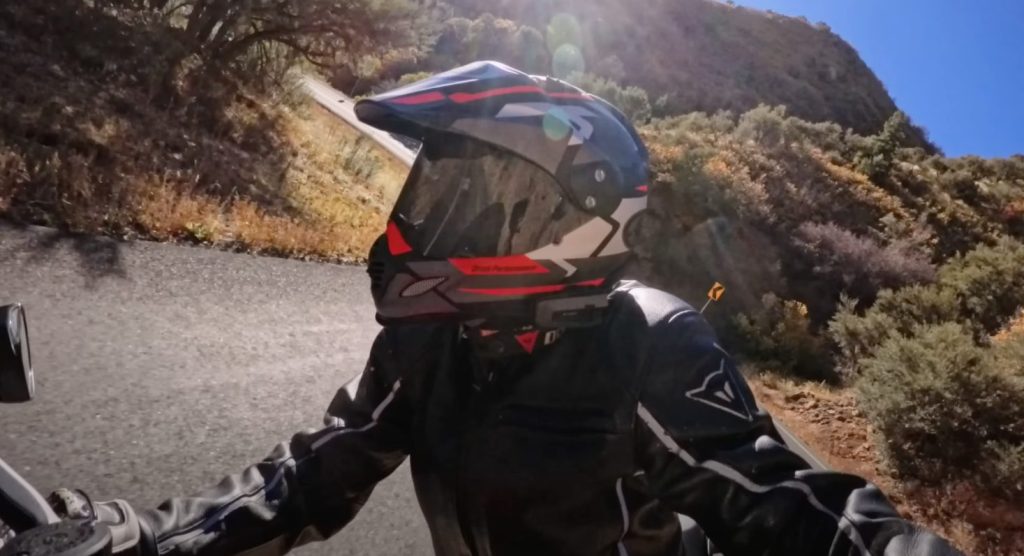
To do this:
- Look as far ahead as possible.
- Identify the exit of the corner early.
- Keep your head and chin oriented toward your path.
Using earplugs can also help reduce distracting noise, enabling you to focus more intently on your line.
Perfecting Your Posture
Fear of leaning often leads to counterleaning, where the rider keeps their body upright instead of leaning into the corner. While this feels safer, it forces the bike to lean more, increasing risk.
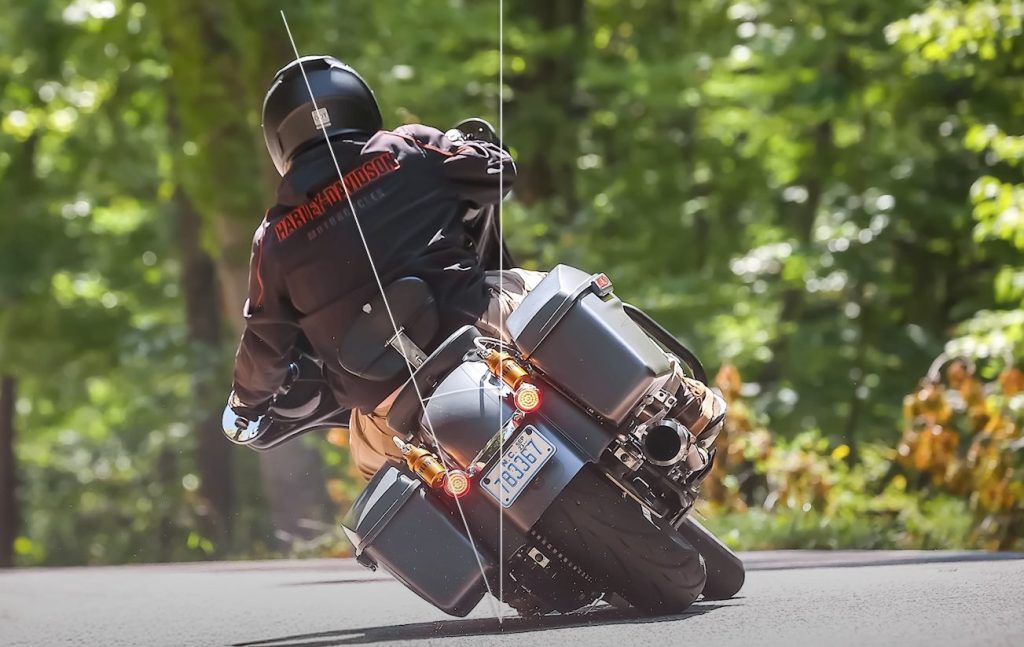
Instead, adopt a proper body posture:
- Rotate into the corner. Point your chest and zipper toward the turn.
- Anchor your weight. Shift to the inside sit-bone and press your outside leg into the tank.
- Relax your arms. Use your lower body for support, not your hands. Flexing your inside calf can help stabilize your posture.
This alignment reduces how much the bike needs to lean, creating a more controlled and natural ride.
Respect the Slowest Point of the Corner
Every corner has a “slowest point,” where you’ll lean the most and carry the least speed. Understanding this point is crucial because it’s where risk is highest.
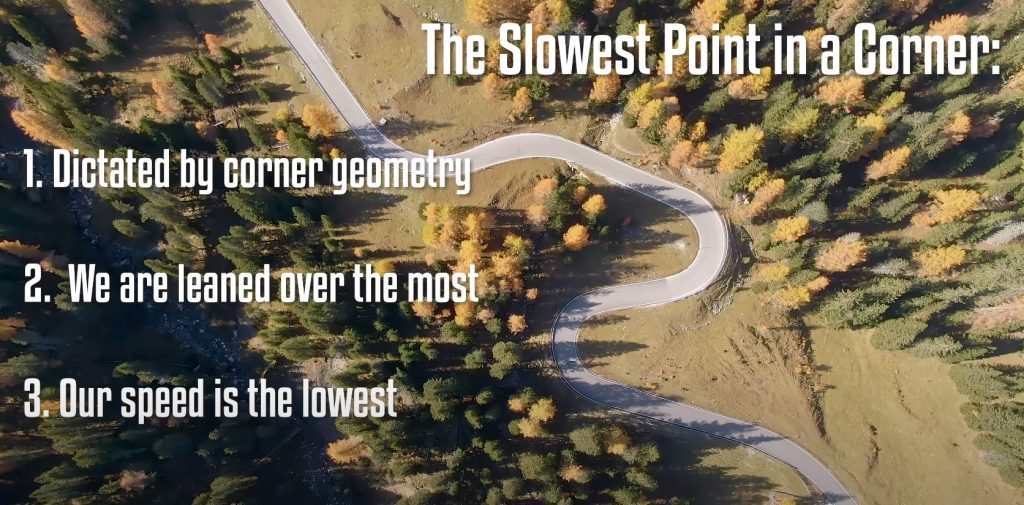
The key is to manage the transition from braking (longitudinal load) to cornering (lateral load) smoothly. Abrupt transitions increase instability, so practice progressively rolling into and out of the lean.
Practice with Purpose
Instead of endlessly riding tight circles in a parking lot, practice in a way that mirrors real-world scenarios:
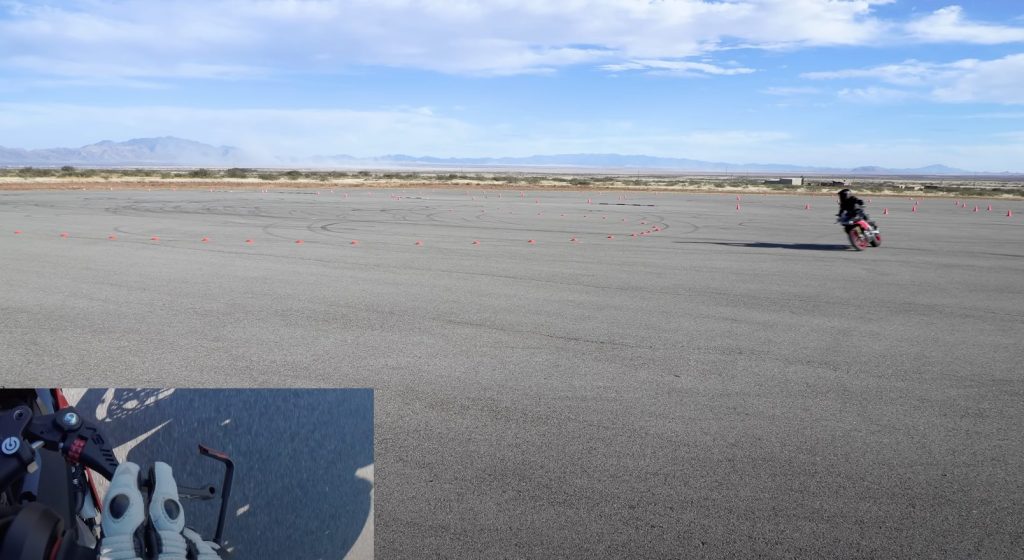
- Set up large U-turns to simulate actual corners.
- Focus on entering with proper speed and exiting with control.
- Combine your visual focus, posture, and load management to build muscle memory.
Conclusion: Fear as a Tool
Fear is a healthy response—it’s your brain signaling a skill gap. By practicing proper techniques and understanding what your body and bike are doing, you can transform fear into confidence.
And about those “chicken strips”? They don’t define you as a rider. What matters is your ability to ride skillfully and safely. Next time you hit the road or your favorite canyon, use these tools to ride with confidence.
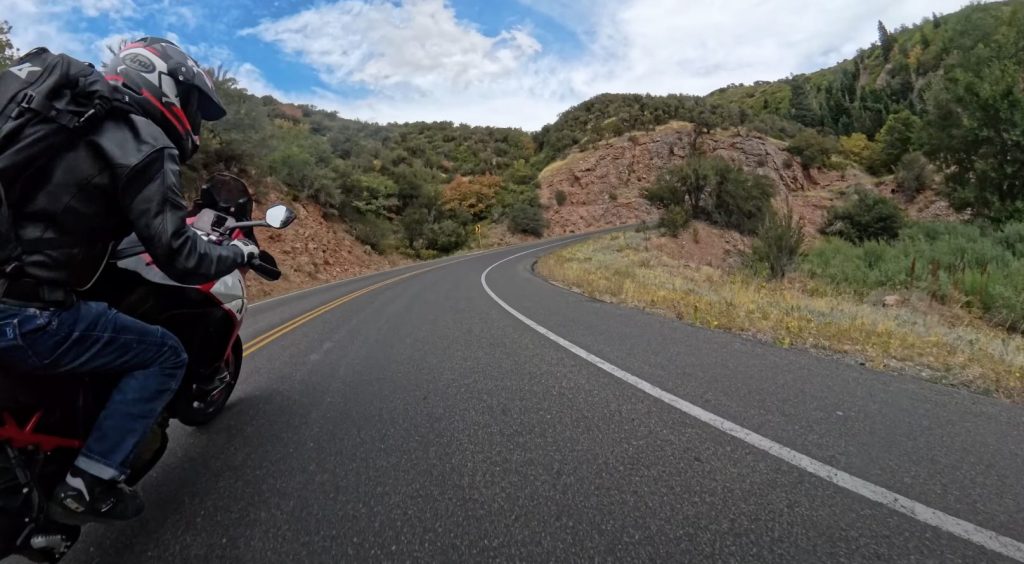
Got questions? Share them in the comments below, and if you found this guide helpful, consider sharing it with fellow riders. Ride safe, and remember—fearlessness isn’t courage; it’s preparation that turns fear into control.
